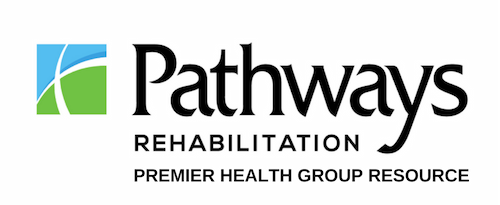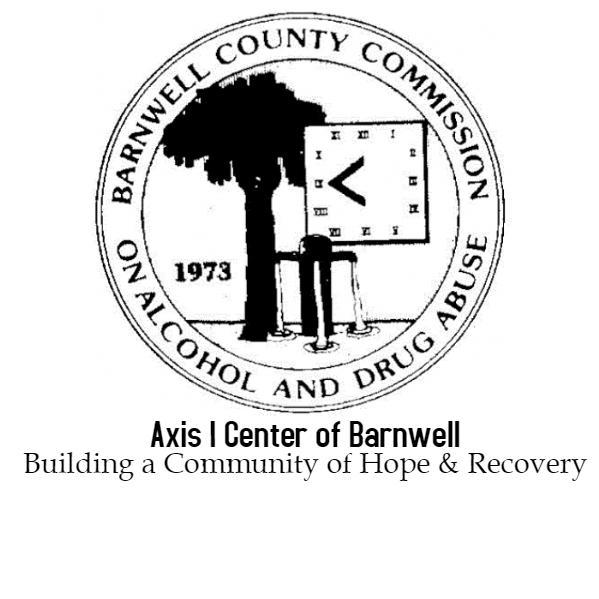
No single factor can predict whether a person will become addicted to drugs.
A combination of genetic, environmental, and developmental factors influences risk for addiction. The more risk factors a person has, the greater the chance that taking drugs can lead to addiction.
Environmental, genetic, and developmental factors may include:
- Genetic: The genes that people are born with account for about half of a person’s risk for addiction. Gender, ethnicity, and the presence of other mental disorders may also influence risk for drug use and addiction. Family studies that include identical twins, fraternal twins, adoptees, and siblings suggest that as much as half of a person’s risk of becoming addicted to nicotine, alcohol, or other drugs depends on his or her genetic makeup. Finding the biological basis for this risk is an important avenue of research for scientists trying to solve the problem of drug addiction.
- Your biology. Everyone’s bodies react to drugs differently. Some people like the feeling the first time they try a drug and want more. Other people hate how it feels and never try it again. Scientists do not have a test yet that will predict how each person will react.
- Mental health problems. People who have untreated mental health problems, such as depression or anxiety, or untreated attention-deficit/hyperactivity disorder (ADHD) are more likely to become addicted. They might use drugs to try to feel better.
- Environment. A person’s environment includes many different influences, from family and friends to economic status and general quality of life. Factors such as peer pressure, physical and sexual abuse, early exposure to drugs, stress, and parental guidance can greatly affect a person’s likelihood of drug use and addiction. Research shows that a person’s health is the result of dynamic interactions between genes and the environment. For example, both genetics and lifestyle factors—such as diet, physical activity, and stress—affect high blood pressure risk. NIDA research has led to discoveries about how a person’s surroundings affect drug use in particular. For example, a community that provides healthy after-school activities has been shown to reduce vulnerability to drug addiction, and data shows that access to exercise can discourage drug-seeking behavior, an effect that is more pronounced in males than in females.
- Trouble at home. If your home is an unhappy place, or was when you were growing up, you might be more likely to have a drug problem. When kids are not well cared for, or there are lots of fights, or a parent is using drugs, the chance of addiction goes up.
- Trouble in school, trouble at work, trouble with making friends. Failures at school or work, or trouble getting along with people, can make life hard. You might use drugs to get your mind off these problems.
- Hanging around other people who use drugs. Friends or family members who use drugs might get you into trouble with drugs as well.
- Development. Genetic and environmental factors interact with critical developmental stages in a person’s life to affect addiction risk. Although taking drugs at any age can lead to addiction, the earlier that drug use begins, the more likely it will progress to addiction. This is particularly problematic for teens. Because areas in their brains that control decision-making, judgment, and self-control are still developing, teens may be especially prone to risky behaviors, including trying drugs.
- Starting drug use when you are young. When kids or teens use drugs, it affects how their bodies and brains finish growing. Using drugs when you are young increases your chances of becoming addicted when you are an adult.
Can drug addiction be cured or prevented?
The good news is that drug use and addiction are preventable. Results from the National Institute on Drug Abuse (NIDA)-funded research have shown that prevention programs involving families, schools, communities, and the media are effective for preventing or reducing drug use and addiction. Although personal events and cultural factors affect drug use trends, when young people view drug use as harmful, they tend to decrease their drug taking. Therefore, education and outreach are key in helping people understand the possible risks of drug use. Teachers, parents, health care providers, and prevention specialists have crucial roles in educating young people and preventing drug use and addiction.
As with most other chronic diseases, such as diabetes, asthma, or heart disease, treatment for drug addiction generally is not a cure. However, addiction is treatable and can be successfully managed.
People who are recovering from an addiction will be at risk for relapse for years and possibly for their whole lives. When a person relapses, this is an indication that more or a different treatment is needed.
Research shows that combining addiction treatment medicines with behavioral therapy ensures the best chance of success for most patients-as the Axis I Center’s Medication Assisted Treatment (MAT) program. Treatment approaches tailored to each patient’s drug use patterns and any co-occurring medical, mental, and social problems can lead to continued recovery.
Source: National Institute on Drug Abuse; National Institutes of Health; U.S. Department of Health and Human Services.
Hello reader, our article commenting that you would normally see here is temporarily shut down. We still want to hear from you, so we invite you to go to our Facebook page or submit a letter to the editor.
Click here to view full article

